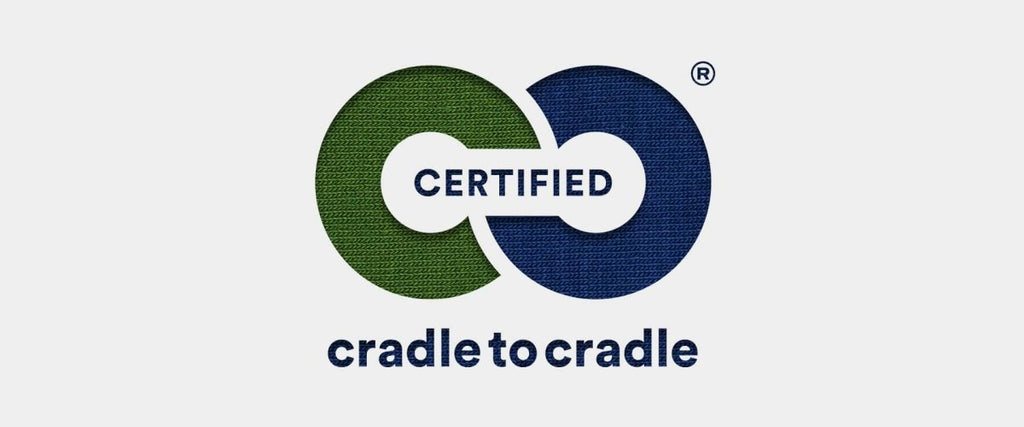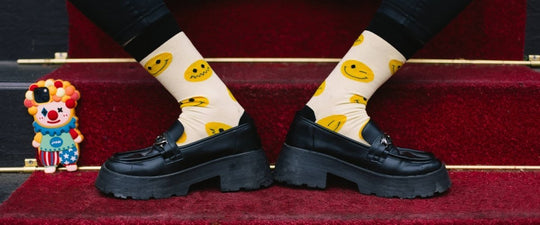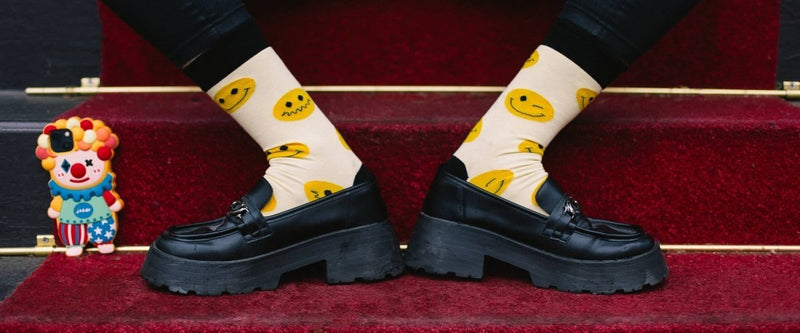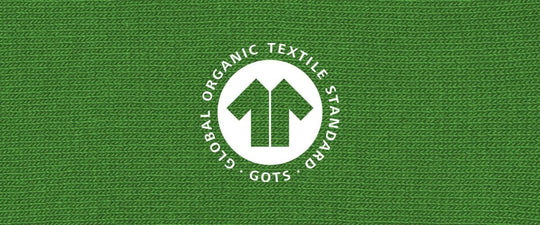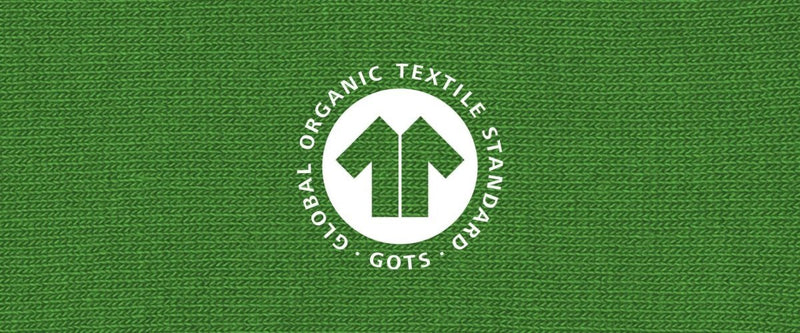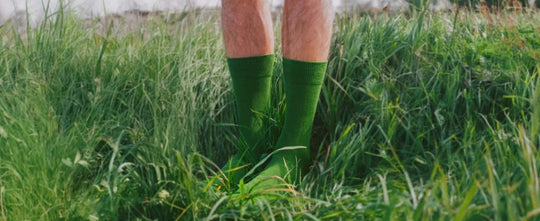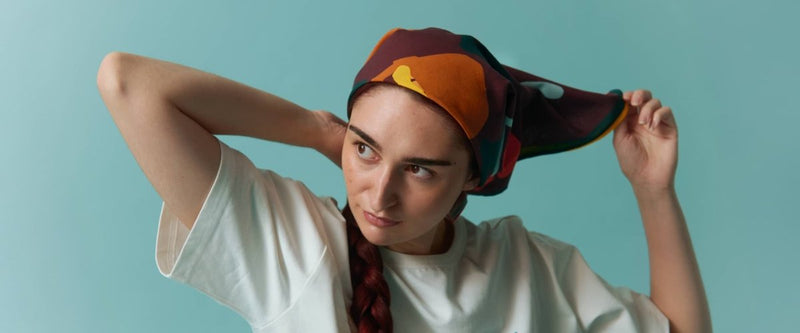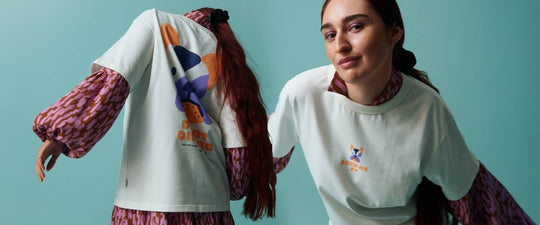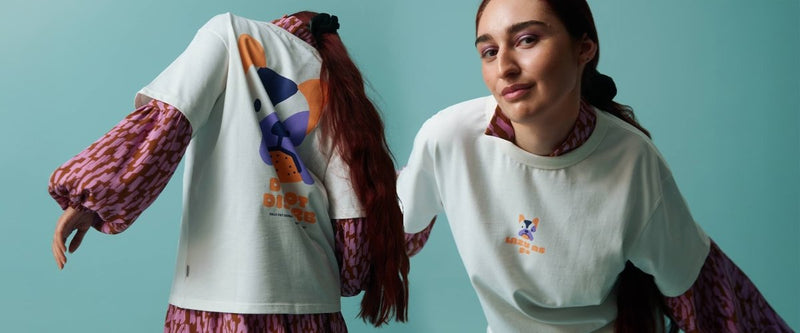Imagine a world in which waste is never created in the first place - a world in which everything you use does not end up in the trash but is given a new life. This is exactly where Cradle to Cradle comes in: a circular economy concept that aims to design products in such a way that they can either return to nature or be reused infinitely.
Cradle to Cradle is an innovative approach to making our consumption more sustainable. But what exactly does the principle entail?
content
What is Cradle-to-Cradle Certified® Gold?
Cradle-to-Cradle® Gold. Sounds special? It is! The Cradle-to-Cradle principle (C2C for short) stands for a concept in which products are designed in such a way that they can either be completely reused or biodegradable after use. are biodegradable - keyword: circular economy. A product that carries the Cradle-to-Cradle® Gold certificate has committed itself to particularly high standards in terms of circular economy, sustainability and environmental friendliness. The Gold level shows that during production, use and Recycling the product requires that high ecological and health criteria are met. Factors such as material selection, energy consumption and social responsibility are taken into account. Cradle to Cradle® Gold is therefore the true "gold" of Cradle to Cradle® certifications.
Who is behind Cradle-to-Cradle?
The idea behind Cradle-to-Cradle comes from two innovative minds: German chemist Michael Braungart and American architect William McDonough. They developed the concept in the 1990s to offer an alternative to our linear economic system. Their vision was a world in which products are designed so that they can either be safely returned to nature or completely transformed into new products - without any waste. With their work, they laid the foundations for a new way of thinking about production and consumption.
In the Cradle-to-Cradle principle, there are two central cycles: the technical cycle and the biological cycle. Both aim to avoid waste and use materials in such a way that they can be returned to the cycle again and again. The difference lies in how and where these materials are reused.

Is Cradle-to-Cradle sustainable?
Cradle-to-Cradle is often seen as the supreme discipline of sustainability. Why? Because it aims to produce no waste at all and to keep resources in closed cycles. Products are designed so that they are either biodegradable and can be returned to nature or can be recycled again and again in technical cycles without any loss of quality. The concept goes beyond conventional recycling approaches by not only minimizing damage but also creating positive effects for the environment.
What is meant by circular economy?
The circular economy is closely linked to the cradle-to-cradle principle. The circular economy is about keeping resources in use for as long as possible. Products are designed so that they are not simply thrown away at the end of their life cycle, but can be reused, recycled or composted. The idea is to close the loop of resources so that nothing is wasted. While in the linear economy things are manufactured, used and then disposed of, the circular economy is all about using products and materials in such a way that they can always return to the loop - in the spirit of cradle-to-cradle.

Which products are Cradle-to-Cradle?
Although we always include as high a proportion of high-quality organic cotton as possible in all of our socks, the socks in our standard range are not Cradle to Cradle® Gold certified. The reason: The materials polyamide and elastane, which are essential for durability and elasticity, are not biodegradable and therefore not intended for a biological cycle. We were able to solve this challenge in our brand new D-Compose collection : Instead of conventional (recycled) polyamide, we use naNea, and for the elastane we rely on Roica™.
What is naNea? naNea is a groundbreaking innovation in the field of synthetic textile fibers and yarns. Instead of conventional polyester, the material is a recyclable, biodegradable, compostable and toxin-free alternative.
What is Roica™? Roica™ is a groundbreaking high-tech stretch fiber that is considered the world's first recycled stretch innovation and is certified according to the Global Recycled Standard (GRS). At the end of its life cycle, Roica™ degrades without releasing any harmful substances.
Overall, Cradle-to-Cradle shows us that it is possible to create sustainable products that are not only good for us, but also good for the environment. It is a step towards a future where sustainability and design go hand in hand. Sounds pretty promising, right?
To the D-Compose collection - Wear it, love it, compost it

FAQs about Cradle to Cradle Certified® Gold
Cradle-to-Cradle is a concept and certification standard for products designed for endless recycling to minimize waste and pollution and optimize the use of resources.
In the Cradle-to-Cradle principle, there are two central cycles: the technical cycle and the biological cycle. Both aim to avoid waste and use materials in such a way that they can be returned to the cycle again and again. The difference lies in how and where these materials are reused.
The biological cycle
The biological cycle uses materials that can be returned to nature after use. This means that they are biodegradable and can be composted, for example. Products that fit into this cycle are often made from natural, organic materials such as cotton, wood or other biological raw materials. After they have been used, they can be returned to the soil or other natural systems, where they decompose and become nutrients for plants and animals. An example would be biodegradable packaging that ends up on the compost after use and turns into fertile humus.
The technical cycle
The technical cycle, on the other hand, focuses on materials that are not biodegradable but still remain valuable and reusable. This involves creating a closed loop in which products and materials are collected after use, dismantled and used as raw materials for new products. These are often materials such as metals, plastics or glass that can be recycled again and again without any loss of quality. A typical example would be a technical device whose individual parts can be dismantled after use and used in new devices instead of ending up in a landfill.
The circular economy is closely linked to the cradle-to-cradle principle. The circular economy is about keeping resources in use for as long as possible. Products are designed so that they are not simply thrown away at the end of their life cycle, but can be reused, recycled or composted. The idea is to close the loop of resources so that nothing is wasted. While in the linear economy things are manufactured, used and then disposed of, the circular economy is all about using products and materials in such a way that they can always return to the loop - in the spirit of cradle-to-cradle.
Cradle to Cradle (C2C) literally means 'cradle to cradle'. This is a sustainable concept in which products are developed so that they are either completely biodegradable or infinitely recyclable. It distinguishes between a biological cycle, in which materials are safely returned to nature after use, and a technical cycle, in which they are reused as raw materials for new products. The aim is to avoid waste completely and instead create closed cycles.
Cradle to Cradle has convinced you? Find out more about our C2C Gold-certified D-Compose collection.
